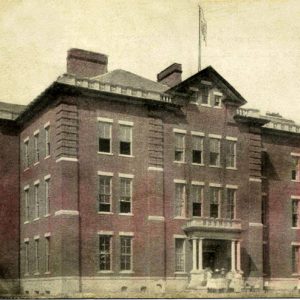 El Dorado High School
El Dorado High School
Entry Type: Place - Starting with E
 El Dorado High School
El Dorado High School
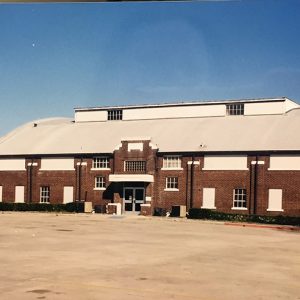 El Dorado High School Gym
El Dorado High School Gym
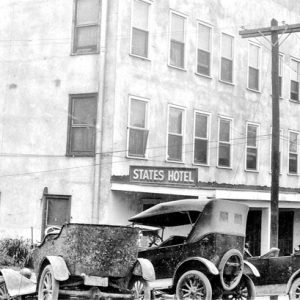 El Dorado Hotel
El Dorado Hotel
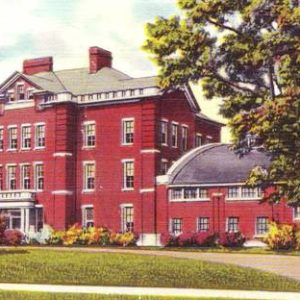 El Dorado Junior College
El Dorado Junior College
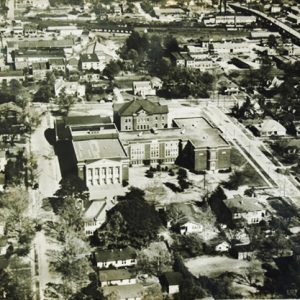 El Dorado Junior College
El Dorado Junior College
 El Dorado Oil Company
El Dorado Oil Company
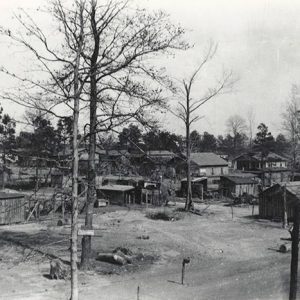 El Dorado Street
El Dorado Street
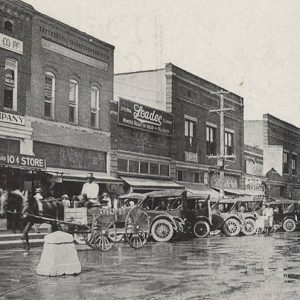 El Dorado Street Scene
El Dorado Street Scene
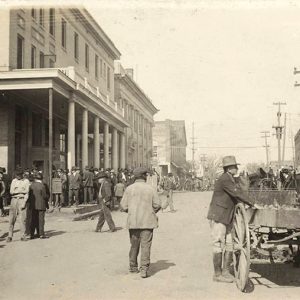 El Dorado Street Scene
El Dorado Street Scene
El Paso (White County)
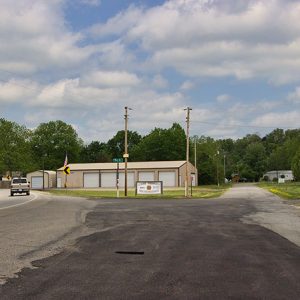 El Paso
El Paso
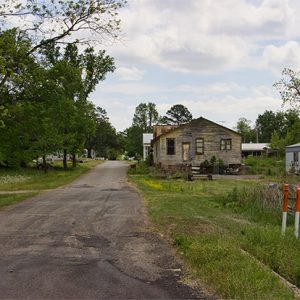 El Paso
El Paso
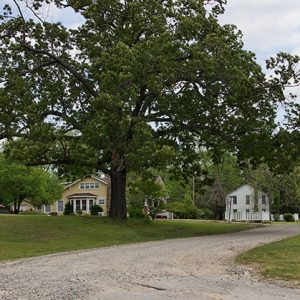 El Paso
El Paso
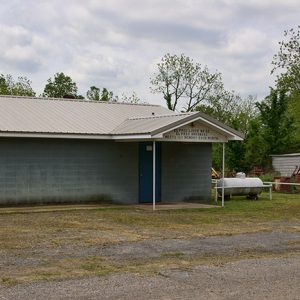 El Paso Masonic Lodge
El Paso Masonic Lodge
Elaine (Phillips County)
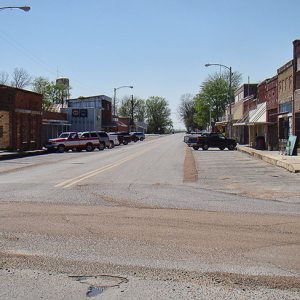 Elaine Street Scene
Elaine Street Scene
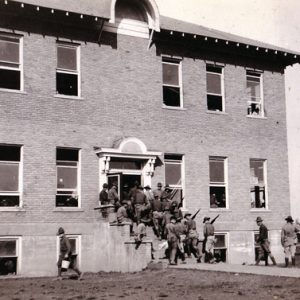 Elaine Temporary Stockade
Elaine Temporary Stockade
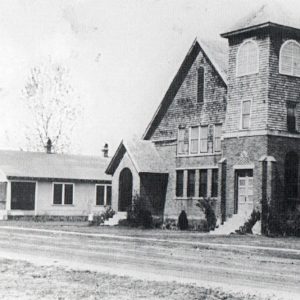 Elaine Methodist Church
Elaine Methodist Church
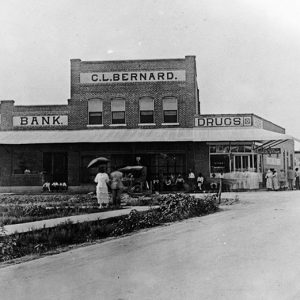 Elaine Street Scene
Elaine Street Scene
 Elevation Model
Elevation Model
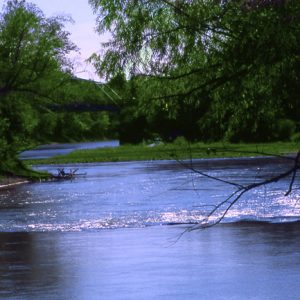 Eleven Point River
Eleven Point River
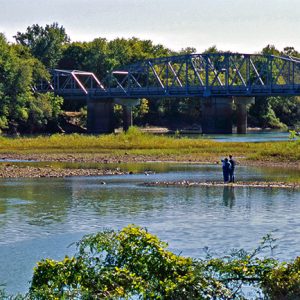 Eleven Point River
Eleven Point River
Elgin (Jackson County)
Elizabeth (Jackson County)
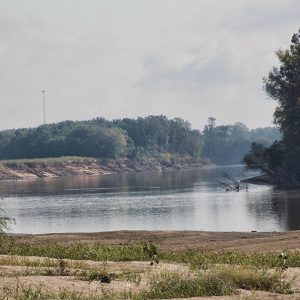 Elizabeth Site
Elizabeth Site
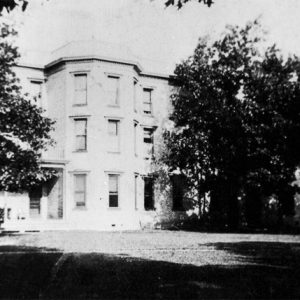 Elizabeth Hall
Elizabeth Hall
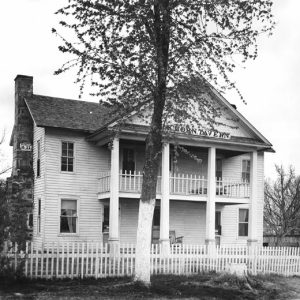 Elkhorn Tavern
Elkhorn Tavern
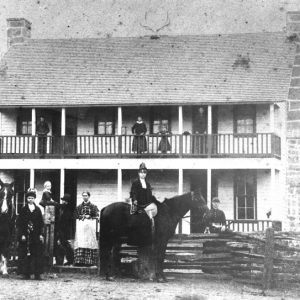 Elkhorn Tavern
Elkhorn Tavern
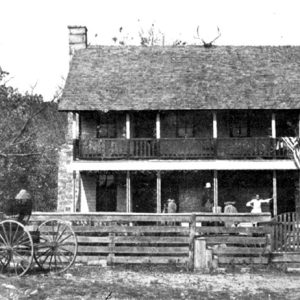 Elkhorn Tavern
Elkhorn Tavern
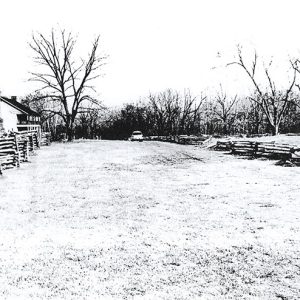 Elkhorn Tavern on the Springfield to Fayetteville Road
Elkhorn Tavern on the Springfield to Fayetteville Road
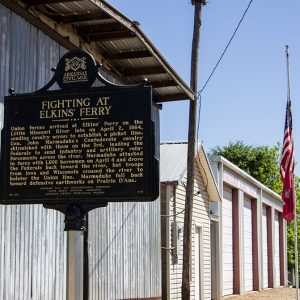 Elkin's (or Elkins') Ferry Sign
Elkin's (or Elkins') Ferry Sign
Elkins (Washington County)
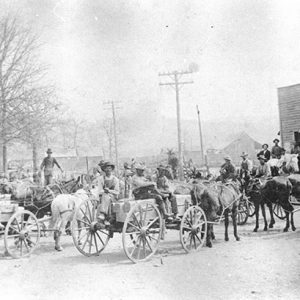 Elkins in 1903
Elkins in 1903
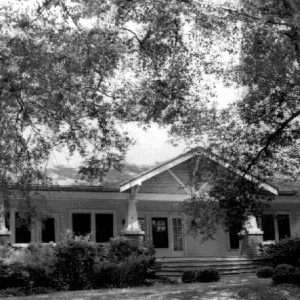 Elliott House
Elliott House
 Elliott House
Elliott House
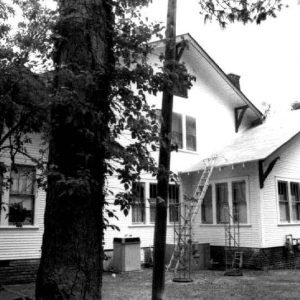 Elliott House Rear View
Elliott House Rear View
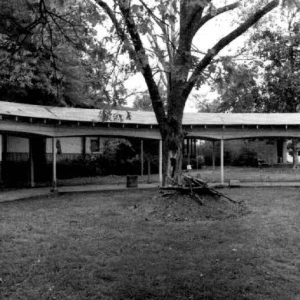 Elliott House Walkway
Elliott House Walkway
Elm (Clark County)
Elm Park (Scott County)
 Elm Park Rest Area
Elm Park Rest Area
Elm Springs (Washington and Benton Counties)
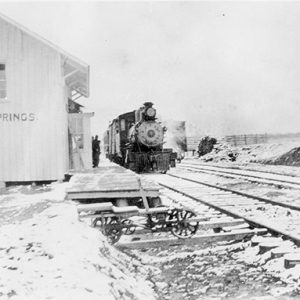 Elm Springs Depot
Elm Springs Depot
 Elm Springs Cemetery Entrance
Elm Springs Cemetery Entrance
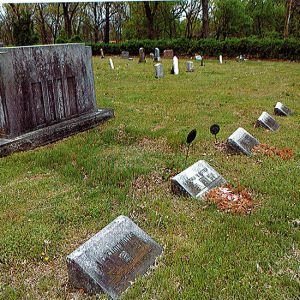 Elm Springs Cemetery Gravestones
Elm Springs Cemetery Gravestones
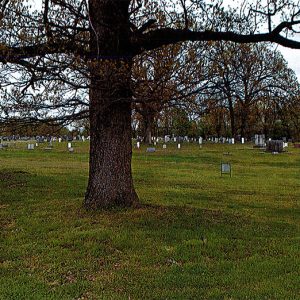 Elm Springs Cemetery Grounds
Elm Springs Cemetery Grounds
 Elm Springs Cemetery Monument
Elm Springs Cemetery Monument
Elmo (Independence County)
Elmore (Hot Spring County)
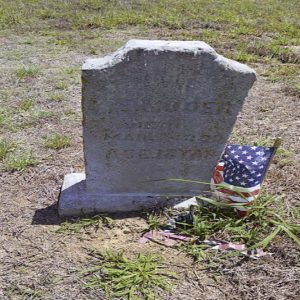 Elmwood Grave
Elmwood Grave
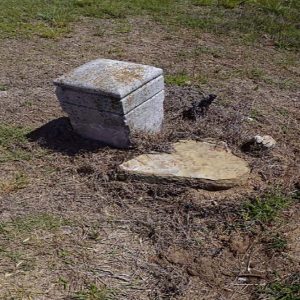 Elmwood Grave
Elmwood Grave




